3 places in Istanbul slightly off the beaten track
Istanbul has many world-class sights including Haghia Sofia, Sultanahmet, the Topkapi Palace, and the Grand Bazaar.
%20II.jpg)
But I would recommend finding experiences beyond these places to discover what this city on The Bosphorus is all about. The following places will give any visitor an idea of the real Istanbul, where layers of history from its previous lives as Byzantium and Constantinople can be found at every turn.
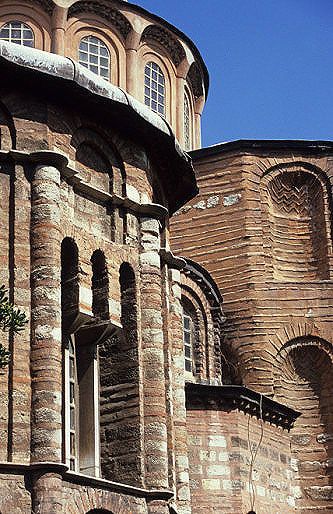
The Chora Church has the finest collection of murals and frescoes in Istanbul. Located in the western suburbs near the Theodosian Walls, the current Chora Church, or the Church of the Holy Saviour outside the Walls, dates from the late 11th Century. Chora is short for Chora Zonton and means "in the country" in Greek. This was because a 4th Century church on this site was situated outside the city walls of Byzantium.
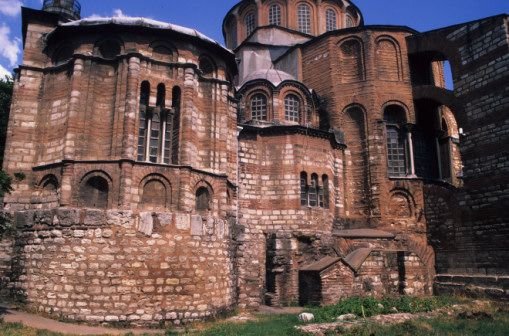
Decoration of the interior walls of the church began in 1312. Funding was provided by Theodore Metokhites, who was the auditor of the Treasury. The mosaics and frescoes depict scenes from the life of Christ and Mary and the artists are unknown. After the Conquest of Constantinople in 1453, the church was converted into a mosque and the mosaics covered over with plaster for nearly four centuries
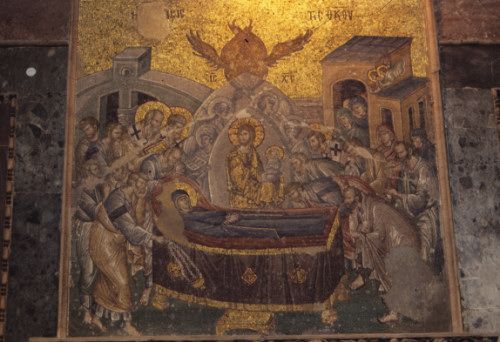
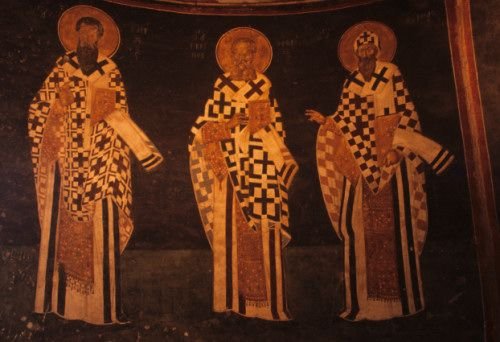
It took 11 years, from 1948 to 1959, to restore all these treasures to something near their original glory. The church is now a secular museum and is very popular with coach parties, but visiting at around 1pm is probably the best time to avoid the crowds.
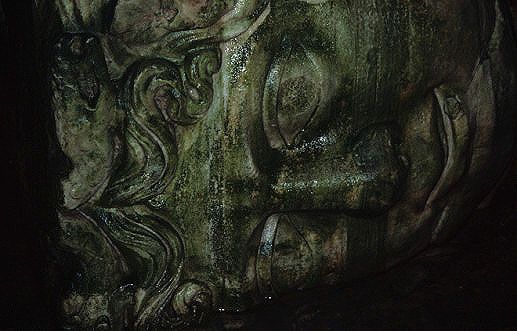
The Basilca Cistern is the most impressive piece of engineering in the city. Located in Sultanahmet close to Haghia Sofia and the Topkapi Palace, this place is not quite as popular as the aforementioned attractions, so make the most of it. It’s like visiting a cathedral underground. The atmospheric orange lighting gives the place a reverential feel though the dripping water can lend an eerie overtone on occasions. Carp swim in the waters by the wooden walkways. The Cistern’s most famous features are the two Medusa heads that support columns – a popular and well signposted attraction. .
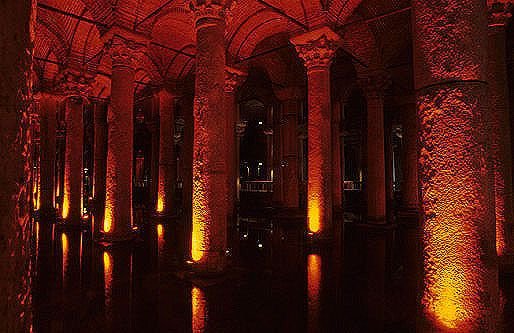
The Basilica Cistern was built in 532 by the Emperor Justinian to provide water for the Great Palace. This palace was built by Constantine the Great in 324 and covered most of the area of Sultanahmet, which now features the Topkapi Palace, Haghia Sofia, and the Blue Mosque. The capacity of the Cistern is approximately 80,000 cubic metres, all of which was brought in via aqueduct from the Belgrade Forest. The cistern gets its name because it was built directly under the Stoa Basilica, a square that has long since disappeared under buildings.
It’s hard to believe that such a large underground cavern could be forgotten about, but that’s what happened after the cistern was closed some time before the Conquest. Then in the mid-1500s reports began to reach the authorities of people pulling buckets of water out of holes in their basements, some even containing fish. The cistern was rediscovered and was eventually opened to the public in 1987.
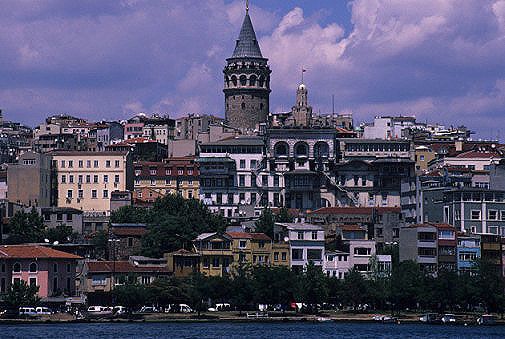
The view from the Galata tower is probably the best view in the city. The tower is not that tall, but it’s the position that makes the view really great. The visitor has to climb up a winding staircase to the narrow walkway at the top. Visitors can see the Sultanahmet area, the Galata Bridge, the Sea of Marmora, and the Asian shore. Ferries move in and out of the Eminonu ferry terminals, the Istanbul tram wends its way towards Haghia Sofia, and people mill about near the Spice Bazaar in front of the New Mosque.
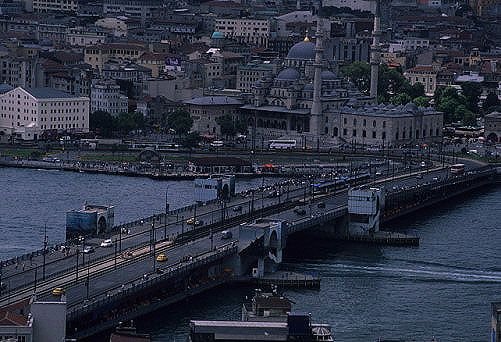
Awesome. When's the best time to visit?🛫
I would say May just before the summer starts, but Istanbul can be visited at any time of the year.